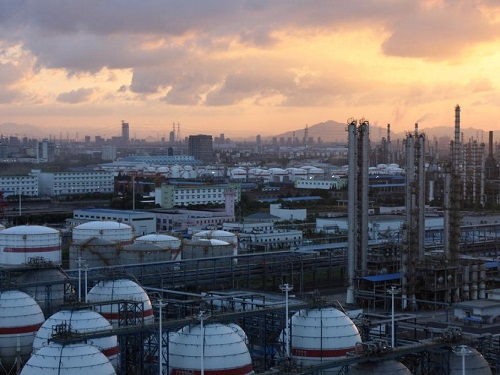Chemical Industry New Materials Project

On December 15, the Jilin Province Chemical New Material Thematic Project Matchmaking Meeting was held in Jilin Province Science and Technology Market. The government of Jilin Province had used 1.92 billion yuan in industrial development for the past, and cooperated with well-known companies in China. The scale of the project can reach 15 billion yuan. Successfully docked companies can either seek bank loans, or find companies to invest in equity and venture capital.
There were 53 transformable scientific and technological achievements on the docking meeting, mainly in the fields of high-performance polymer materials, fine chemicals, and biomass resource materials. Among them, 10 were Changchun Institute of Applied Chemistry, 10 at Jilin University, 13 at Changchun University of Technology, 2 at Northeast Normal University, 3 at Jilin Institute of Chemical Technology, 2 at Beihua University, and 13 at related companies. The provincial chemical new material enterprises and the heads of relevant financial risk investment institutions such as Jilin Provincial Equity** Investment, China Investment Changchun Venture Capital Investment**, Jiren Equity Investment**, and Jilin Provincial Science and Technology Investment** participated.
Zhao Hui, deputy director of the Department of Science and Technology of Jilin Province, introduced that Jilin has 9 academicians of the Chinese Academy of Sciences and a large number of academic leaders. He has inorganic synthesis and preparation chemistry, supramolecular structure and materials, polymer physics and chemistry, and utilization of rare earth resources. 7 national key laboratories related to new chemical materials. Jilin Chemical Co., Ltd. is the cradle of China's chemical industry. Jilin Province has been identified by the National Ministry of Science and Technology as the national “Torch Plan†new material industrial base and the national carbon fiber high-tech industrialization base.
According to its solubility, it can be divided into two types: water-soluble and water-insoluble.
Synthetic pigments have bright color, strong coloring power, stable performance, are not easy to fade, and are used in a small amount.
Relatively speaking, they are inexpensive and have been widely used.
High Temperature Resistance Edible Flavor, Edible Flavor, High Quality Edible Flavor, Healthy Edible Flavor
Jinan Huijinchuan Chemical Industry Co., Ltd. , https://www.hjcchemical.com